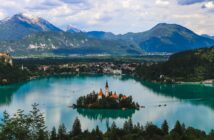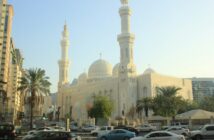What factors influence the future of the Russian economy
Experts have analyzed market developments and predicted the future of the Russian economy. According to them, the recovery will end in the near future, and by the end of the year the Central Bank should complete its program of key rate increases. Analysts also noted that over the next few years, the growth rate of real income should approach the dynamics of the country’s GDP growth.
According to the forecast, economic activity in the current year will grow by about 3.4-3.7%, then the indicator will gradually decline, and in 5 years will reach 2%. If we consider the overall development of the world economy, then after the pandemic it is still feeling its consequences, in the form of increased debt, the burden on production, and increased demand.
However, experts say that so far there are no prerequisites for the emergence of a new economic crisis. The pessimistic scenario for the Russian economy is that the imbalances will gradually accumulate, leading to a new crisis in the future. This is primarily related to the growth of volatile inflation and the increase in global interest rates, which will be acutely felt against a background of slowing economic recovery.
The baseline scenario assumes that by 2025 the growth rate of Russians’ incomes should catch up with the dynamics of the country’s economy. This ratio was observed until 2014, but then foreign economic conditions became more difficult, and the Russian market had to adjust to their peculiarities.

The optimistic variant of development includes a rapid recovery of economic activity and an improvement in Russia’s foreign trade. Factors such as sanctions from other countries play an important role in this.
The Central Bank raised its key interest rate in 2021, and no great dynamics are expected on this issue in the current year. In April 2021, the rate increased by 0.5 p.p., which was the result of an increase in domestic demand. Given the temporary inconsistencies in the introduction of monetary policy, the key rate should reach a neutral range in the period of several months to six months before the economy experiences a jump in production processes. In addition, one of the reasons for the sharp rate hike of 0.5 p.p., rather than 0.25 p.p., was inflation, which exceeded the target rate. The latter rose faster than expected in forecasts. Analysts expect GDP growth of about 2.5-3.5% this year, while in 2021 the figure was at 3%. In 2020, the Russian economy showed a fall of 3.1%, the most serious decline since the 2009 crisis.




